
Volvo XC90 Estate (2002-2014) engines, drive and performance
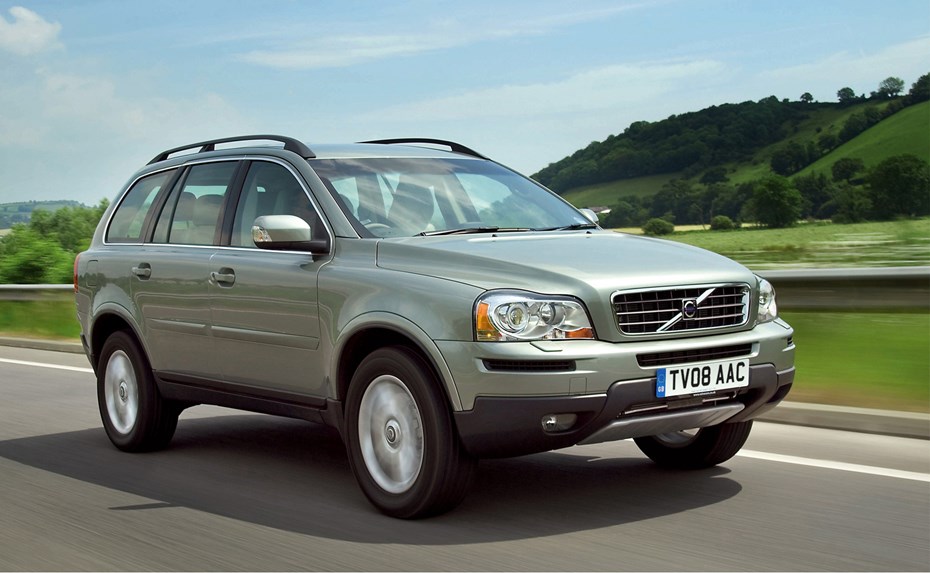
Volvo quietly dropped the petrol engines from the XC90 line-up in 2010 due to lack of demand. Hardly surprising given the high running costs of the T6 2.9-litre six-cylinder motor with 272bhp and the 4.4 V8 with its 315bhp. If you find a used one, it will have a six-speed automatic gearbox and both are swift and refined, but they both guzzle petrol. A 215bhp 2.5-litre turbo petrol five-cylinder engine joined the range in late 2004 and is the better bet for anyone seeking a petrol-powered XC. This engine was offered with a six-speed manual or five-speed auto transmission. In early 2006, the six-cylinder petrol was increased in size to 3.2-litres and power went up to 235bhp.
Diesel engines
The XC90 started life with a 163bhp 2.4-litre five-cylinder turbodiesel engine that has been the mainstay of XC sales ever since. It was uprated in 2005 to 185bhp and this engine then met the EU4 emissions regulations. Coupled to a six-speed manual or automatic gearbox, the D5 was then reworked in late 2010 to give 200bhp and 34.4mpg average economy. It’s not the quietest engine in operation, with a distinct grumble at low revs, but it pulls strongly and suits the XC’s laid back nature with its easy, instant shove.
No debate, the diesel engines are top choice in the XC90.
With a suspension and chassis designed for comfort, it’s no surprise that the XC90 is a superb long distance cruiser that soaks up uneven surfaces and potholes with ease. The driving position is quite car-like, but on corners it can feel quite ponderous and heavy, not helped by the over-assisted steering which lacks feel. There’s a fair amount of body roll in tighter turns and on demanding roads, alternatives like the BMW X5 are superior.
But the Volvo excels in terms of refinement and low noise levels, while the strong brakes ensure good stopping performance. However, the poor turning circle makes tight manoeuvres tricky.


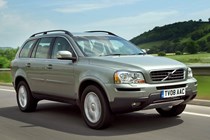
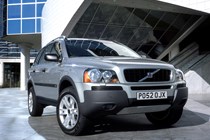
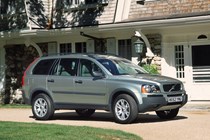



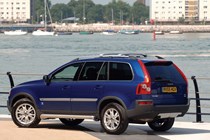


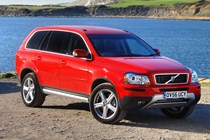
.jpg)
.jpg)
.jpg)
.jpg)
.jpg)
.jpg)
.jpg)
.jpg)
.jpg)

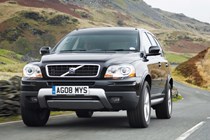
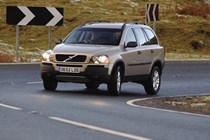
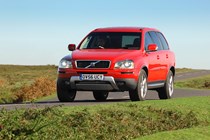
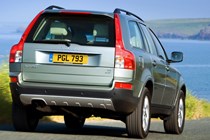
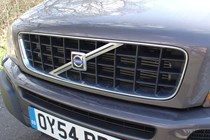
.jpg)
.jpg)
.jpg)
.jpg)
.jpg)
.jpg)
.jpg)
.jpg)
.jpg)
.jpg)
.jpg)
.jpg)
.jpg)
.jpg)
.jpg)
.jpg)
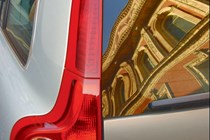
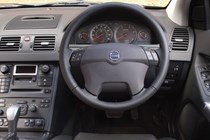
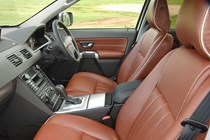
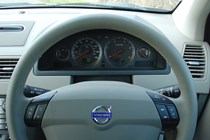
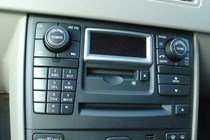
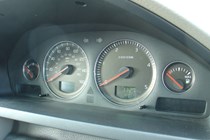
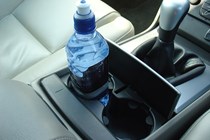
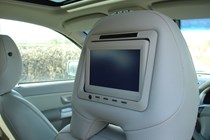
.jpg)
.jpg)
.jpg)
.jpg)
.jpg)
.jpg)
.jpg)
.jpg)
.jpg)
.jpg)
.jpg)
.jpg)
.jpg)
.jpg)
.jpg)
.jpg)
.jpg)
.jpg)
.jpg)
.jpg)
.jpg)

.jpg)
.jpg)
.jpg)
.jpg)
.jpg)
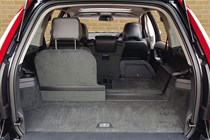
.jpg)
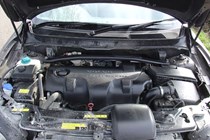
.jpg)
.jpg)
.jpg)
.jpg)










.jpg?quality=50)
.jpg?quality=50)
.jpg?quality=50)
.jpg?quality=50)
.jpg?quality=50)
.jpg?quality=50)
.jpg?quality=50)
.jpg?quality=50)
.jpg?quality=50)






.jpg?quality=50)
.jpg?quality=50)
.jpg?quality=50)
.jpg?quality=50)
.jpg?quality=50)
.jpg?quality=50)
.jpg?quality=50)
.jpg?quality=50)
.jpg?quality=50)
.jpg?quality=50)
.jpg?quality=50)
.jpg?quality=50)
.jpg?quality=50)
.jpg?quality=50)
.jpg?quality=50)
.jpg?quality=50)








.jpg?quality=50)
.jpg?quality=50)
.jpg?quality=50)
.jpg?quality=50)
.jpg?quality=50)
.jpg?quality=50)
.jpg?quality=50)
.jpg?quality=50)
.jpg?quality=50)
.jpg?quality=50)
.jpg?quality=50)
.jpg?quality=50)
.jpg?quality=50)
.jpg?quality=50)
.jpg?quality=50)
.jpg?quality=50)
.jpg?quality=50)
.jpg?quality=50)
.jpg?quality=50)
.jpg?quality=50)
.jpg?quality=50)

.jpg?quality=50)
.jpg?quality=50)
.jpg?quality=50)
.jpg?quality=50)
.jpg?quality=50)

.jpg?quality=50)

.jpg?quality=50)
.jpg?quality=50)
.jpg?quality=50)
.jpg?quality=50)